She turned 6 less than 2 weeks ago.
Today she left this world, and she is now in a better place.
Here is every blog I ever wrote about her:
http://hollyshollands.weebly.com/blog/she-started-it-all
http://hollyshollands.weebly.com/blog/training-hollands
http://hollyshollands.weebly.com/blog/another-year-older
http://hollyshollands.weebly.com/blog/what-a-scare
Elsie has always been my most spastic, crazy, and attention-hogging rabbit. When she was younger, she always had one ear up and one ear down. The last year or so both lopped, but for most of her life, they were either both up or half lopped.
She always lived in my room. She hated the grass and going outside.
She drove me crazy. She ate EVERYTHING (rubber and foam were her favorites).
In her last year, she always slept like she was dead.
In her last year, she went blind in one eye and didn't play in my room anymore, and preferred her cage. However, she never let that get in her way. It didn't change who she was at all.
To the very end, she was loving and spunky. She passed away while I was at school. I knew it was coming. She was old, and she had lost weight and condition (due to age). She was ready. But I will always wish I had more time with her.
Rest in peace, beautiful. You started it all, and you'll be forever missed.
Please take a few minutes to look through the slideshow below. I took lots of pictures of her. They are in no particular order. When she had the small cage, she was outside of it in my room almost all day. She got a way bigger cage when she didn't want to play in my room anymore.
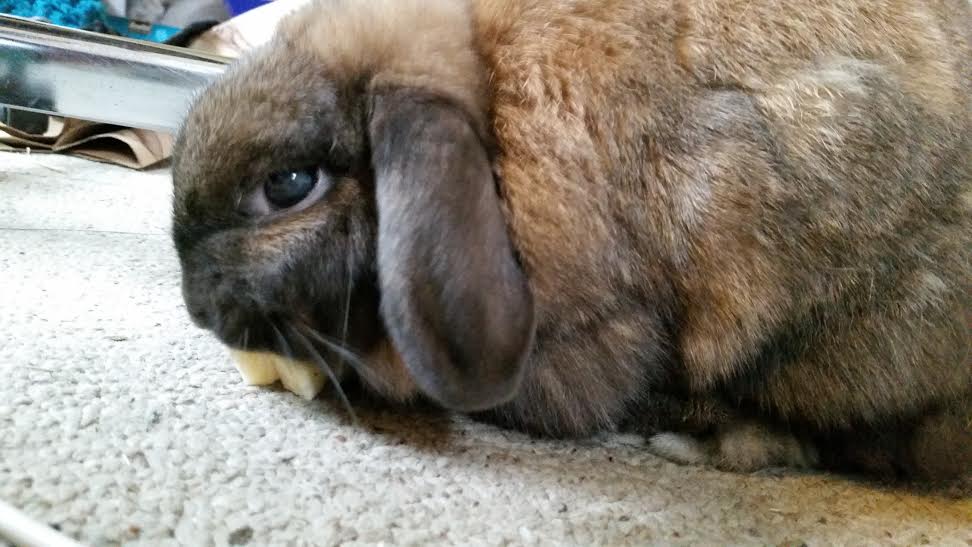
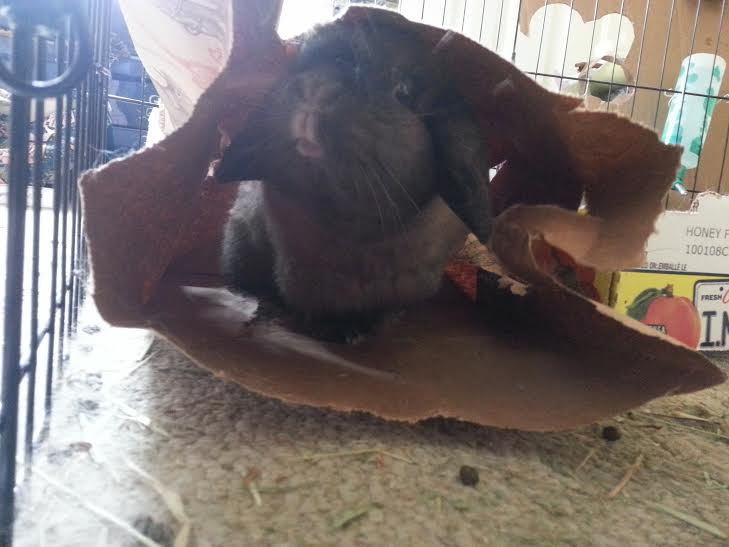
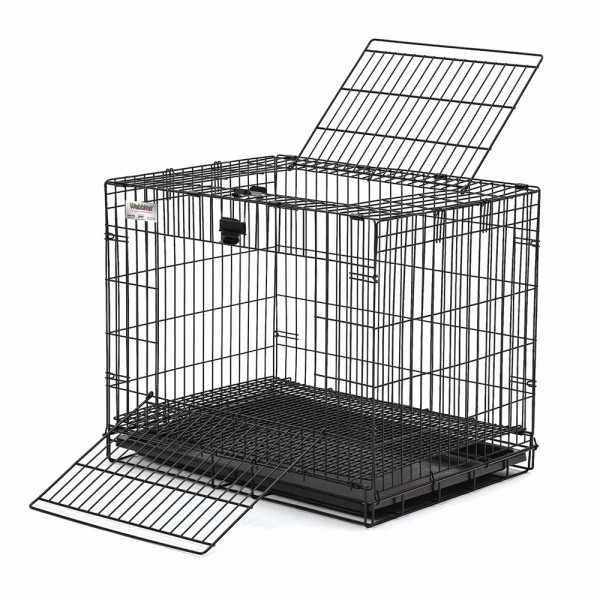
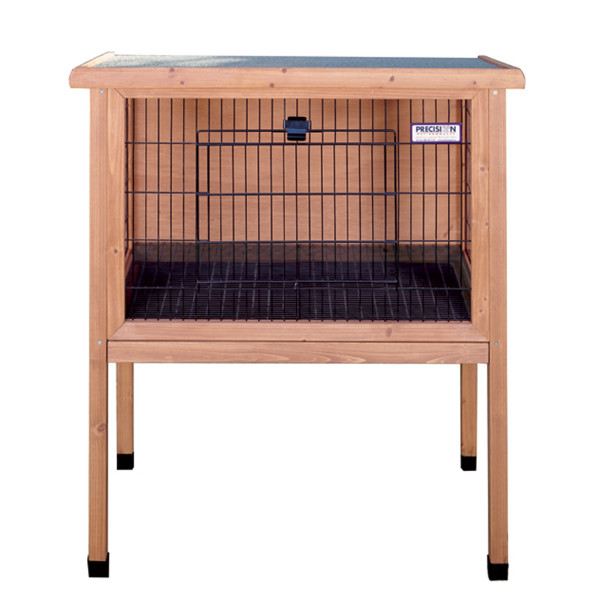
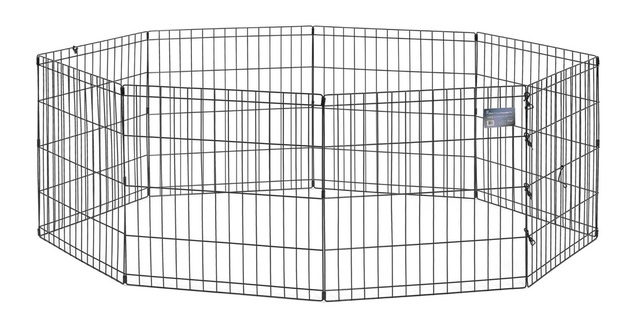
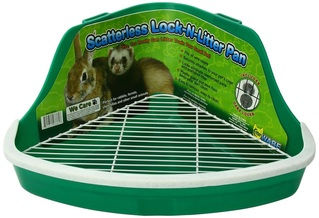
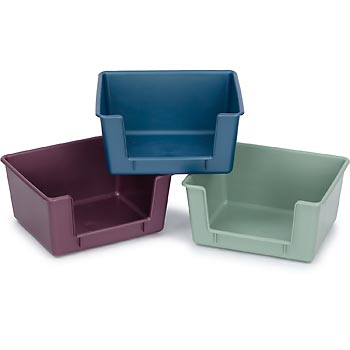
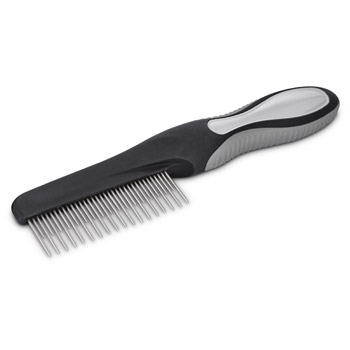
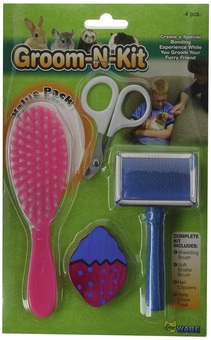
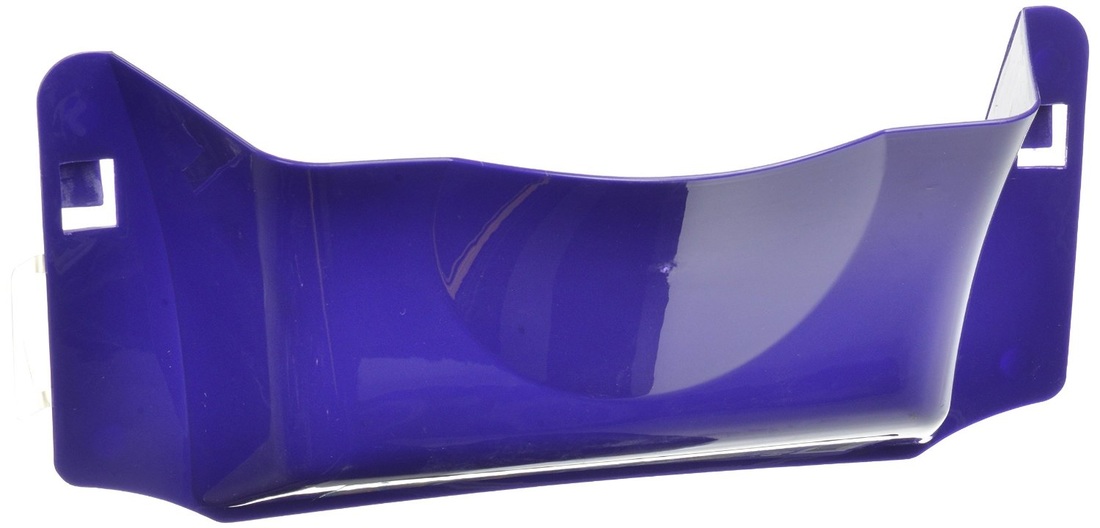
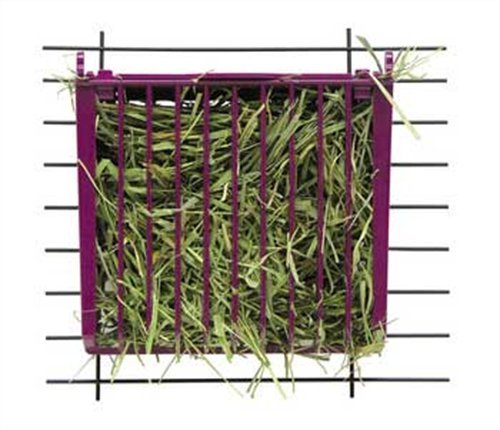

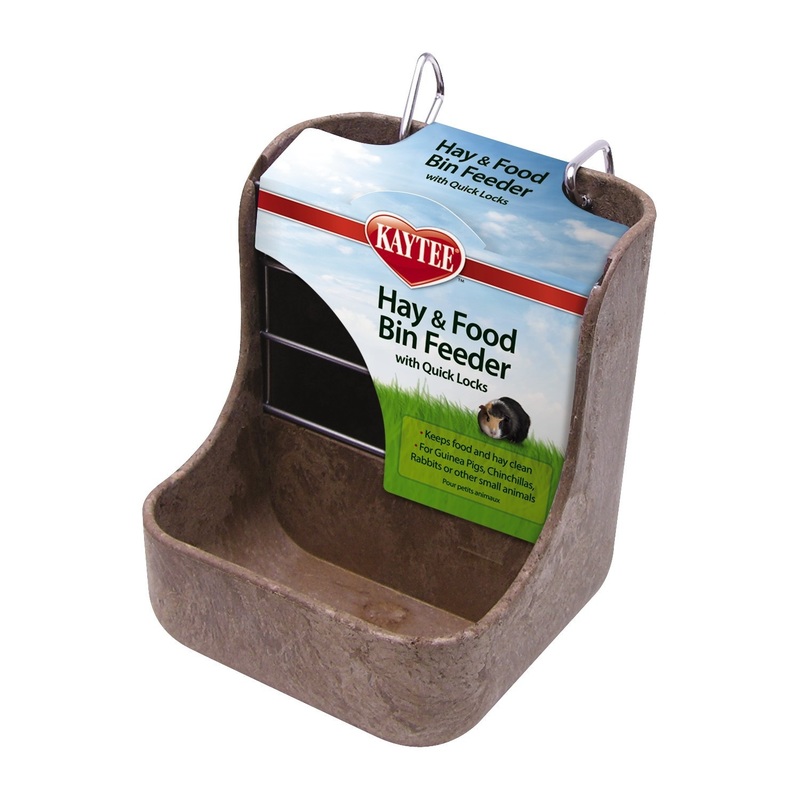
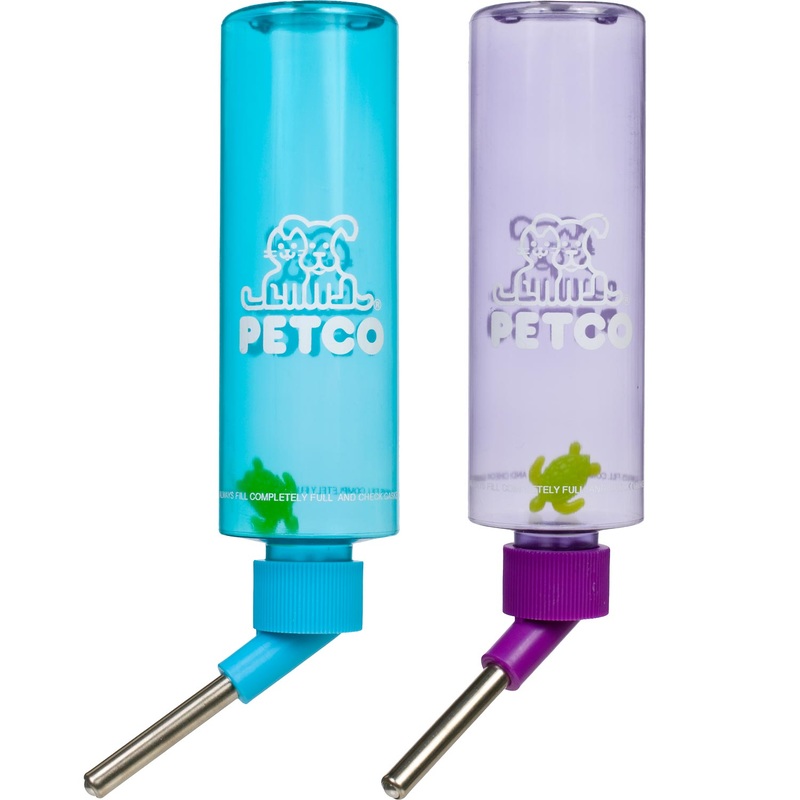


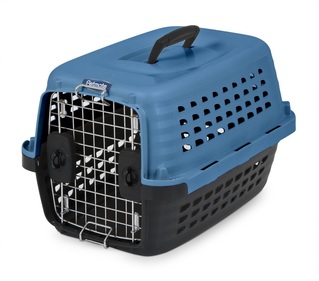

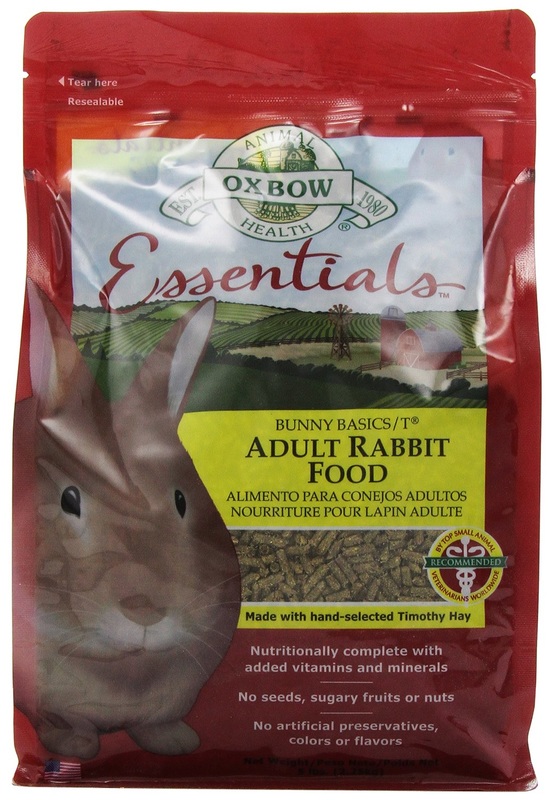
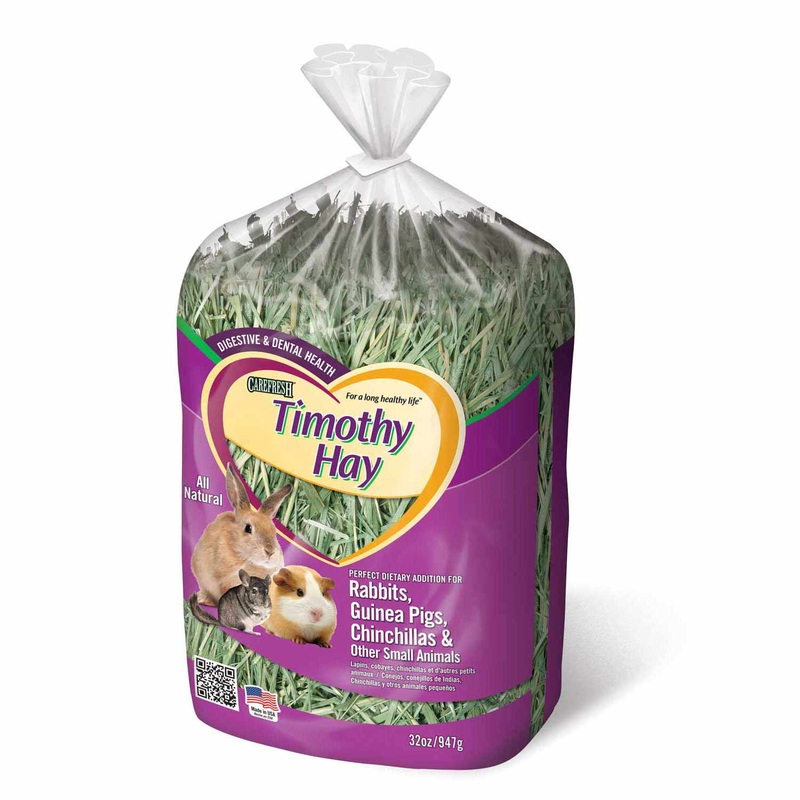
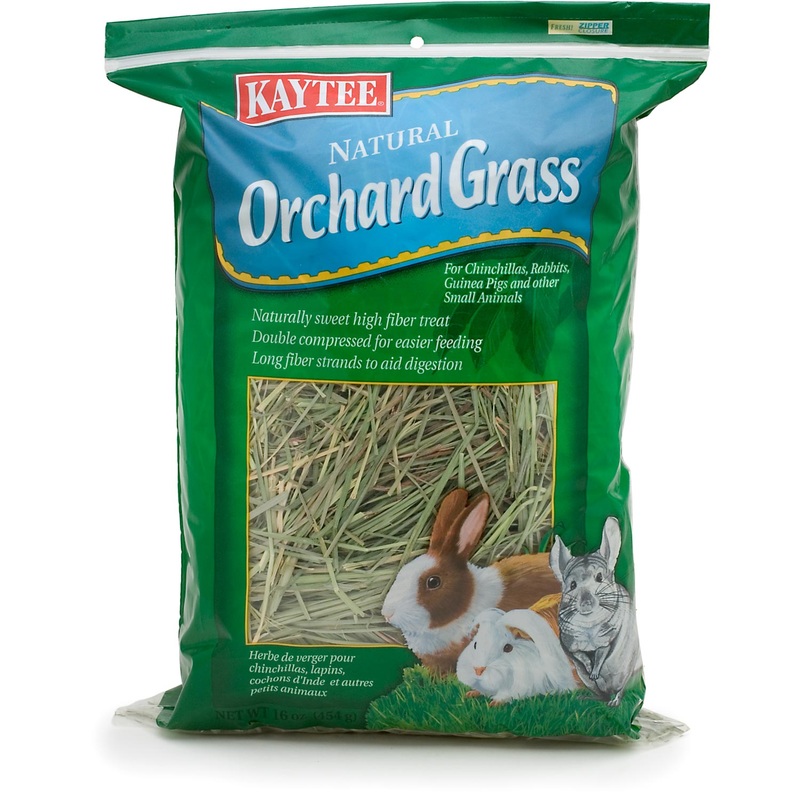
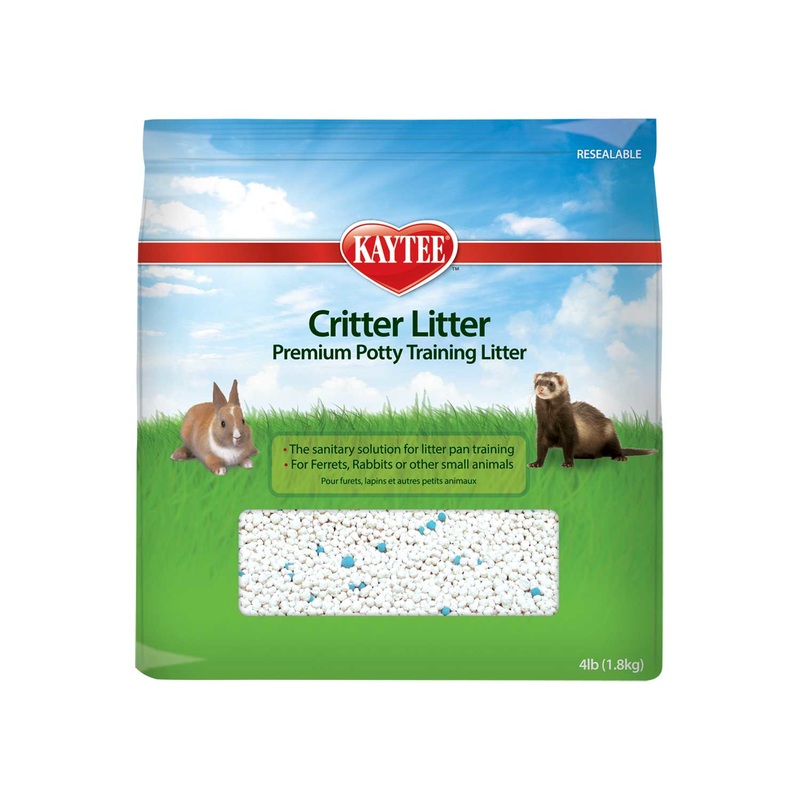
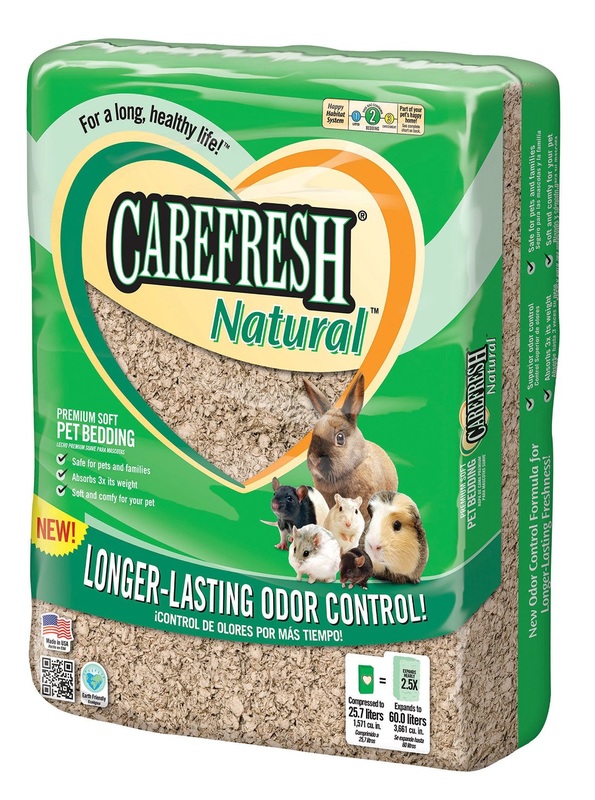

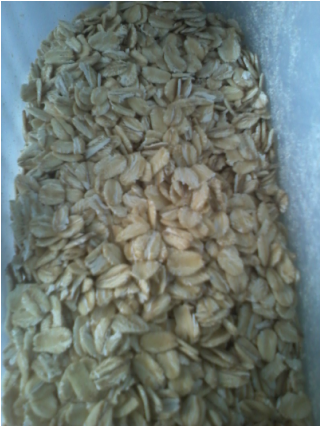
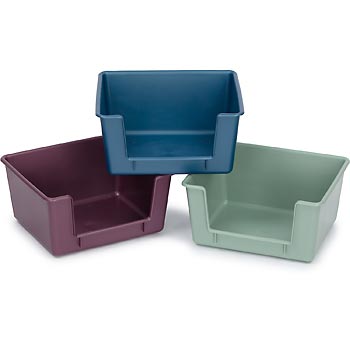
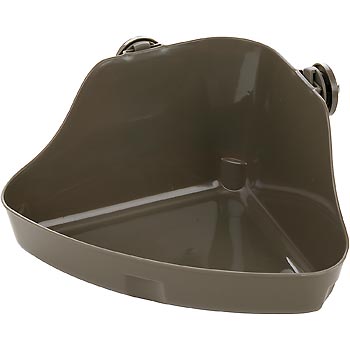
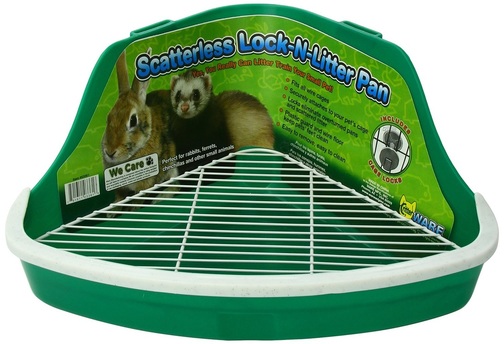
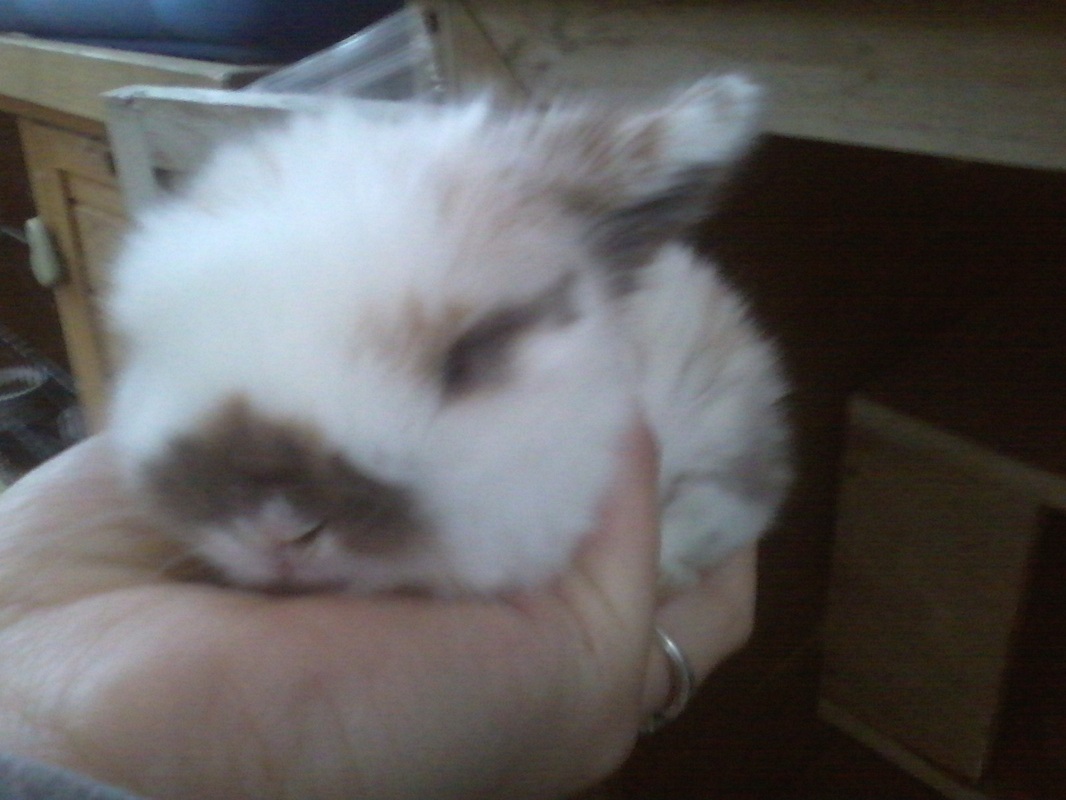
 RSS Feed
RSS Feed
